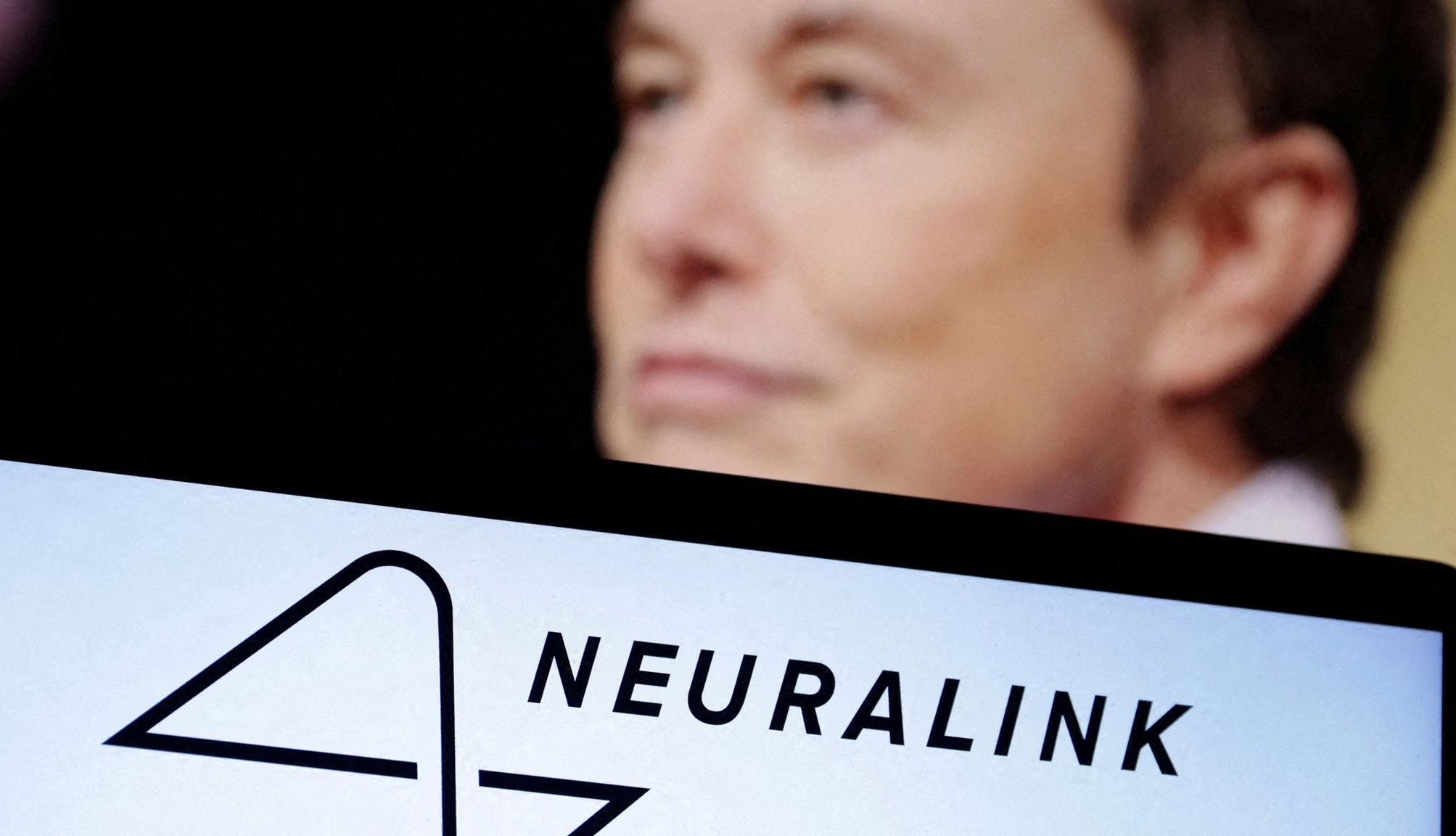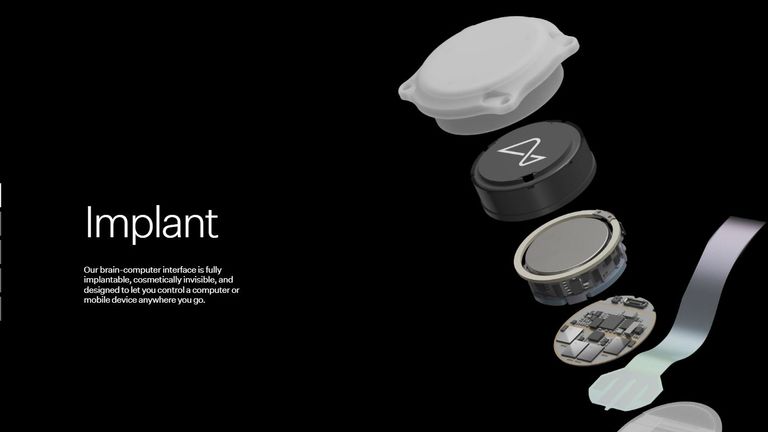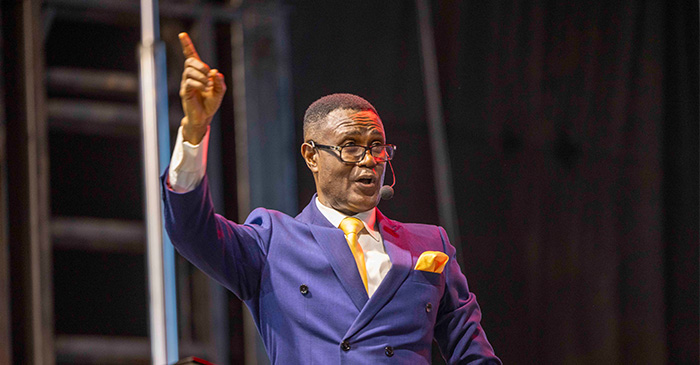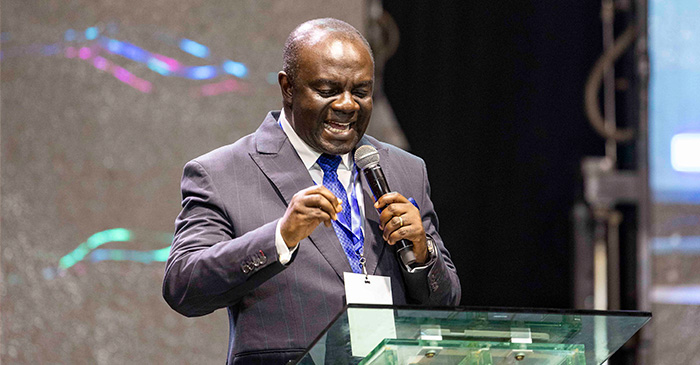
The first patient to receive a brain chip from Elon Musk’s company Neuralink has appeared to play online chess.
Neuralink released a nine-minute video in which the patient, who is paralysed below his shoulders, appears to move a cursor across a laptop screen with nothing but his thoughts. The video shows him playing chess and turning off the laptop’s music.
The patient, who had not been previously identified, said in the live stream video that his name is Noland Arbaugh, 29, who was paralyzed below the shoulder after a driving accident.
Mr Arbaugh received an implant from the company in January and could control a computer mouse using his thoughts, Musk said last month.
Musk previously said the aim of the brain chip is to eventually allow users with disabilities, like the late Stephen Hawking, to “communicate faster than an auctioneer”.
He has also claimed it would be able to potentially treat obesity, autism, depression and schizophrenia.
“The surgery was super easy,” Mr Arbaugh said in the video streamed on Musk’s social media platform X, referring to the implant procedure.
“I literally was released from the hospital a day later. I have no cognitive impairments.”
He said he had “basically given up playing” the game Civilization VI, but “you all [Neuralink] gave me the ability to do that again and I played for eight hours that day.”
Read more from Sky News:
Hopes of HIV cure after breakthrough using ‘scissors’
Flying taxis could take off in two years under new plan
AI’s death sentence flaw when reading African American English

‘It has already changed my life’
But Mr Arbaugh said the new technology is “not perfect” and they “have run into some issues”.
“I don’t want people to think that this is the end of the journey, there’s still a lot of work to be done, but it has already changed my life,” he added.
In the Neuralink video, Mr Arbaugh talks about the process he underwent to train on the device after doctors implanted it in January. He said that he would think about moving his hand and that, eventually, moving the computer cursor became second nature.
PART HUMAN, PART MACHINE – CYBORGS ARE THE FUTURE
Science correspondent@SkyNewsThomas
Noland Arbaugh calls himself a telekinetic, moving a computer cursor by thought alone.
He’s the first person to be fitted with a brain chip by Elon Musk’s company Neuralink.
And you can see all over his face what it means to him.
Paralysed below the shoulders for eight years, he has been dependent on others for much of his care. But now he can play computer games and control music. And that’s just the start – he and his engineers are slowly learning the chip’s potential. Being able to control even a small part of his environment and stay up late to play Civilisation VI without the help of his parents is liberating.
“It’s wild,” he says. “It’s crazy.”
The chip implanted in his brain ‘reads’ the signals from neurons that control movement. His hands remain immobile, but his intent to move is picked up and beamed wirelessly to a receiver attached to his laptop. He’s by no means the first to be fitted with a brain-computer interface.
Last year scientists in Switzerland released a video of Gert-Jan Oskam standing up and walking, despite a break in his spinal cord. His brain signals had been re-routed to below the injury, restoring his control of his legs.
A big question remains over the risk. Noland says the surgery was straightforward. He was released the day after the operation and there was no impact from the procedure.
All good there. But he hints at issues, which we might hear more about in future updates.
The technology has the potential to transform the outlook for people with paraplegia. They are often young, injured while playing sport or in car accidents. They have many years of life ahead of them. The chips will be eye-wateringly expensive at first. But the cost will fall as the technology is rolled out and the implant procedure becomes more efficient.
Marvel at Noland. He is a cyborg, part human, part machine. And he is the future.
“It just became intuitive to me to start imagining the cursor moving. It was like using The Force on the cursor, and I could get it to move wherever I wanted,” he said, using a Star Wars reference.
“Every day it seems like we’re learning new stuff,” he said.
Source: SkyNews















